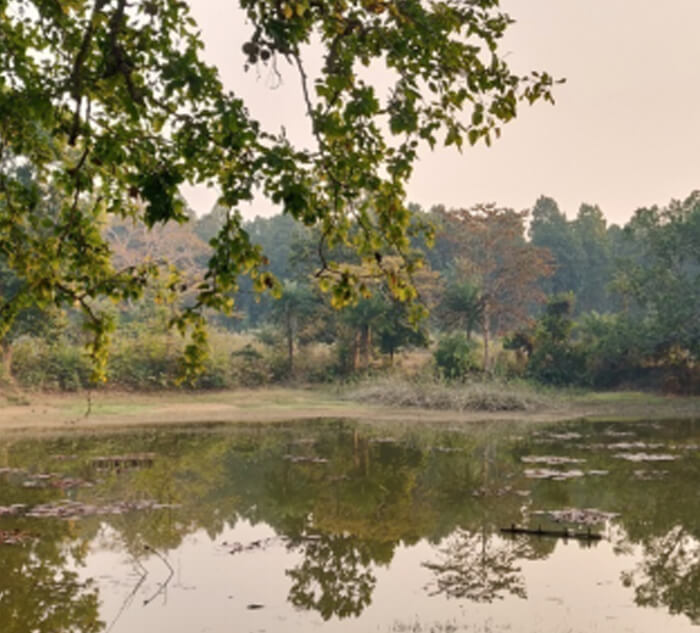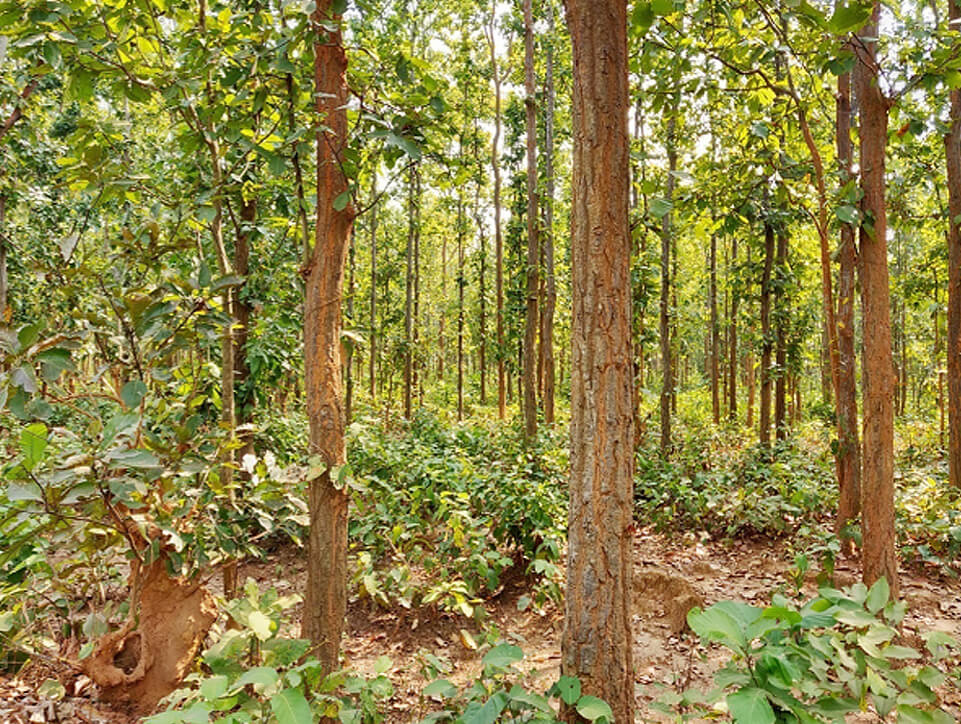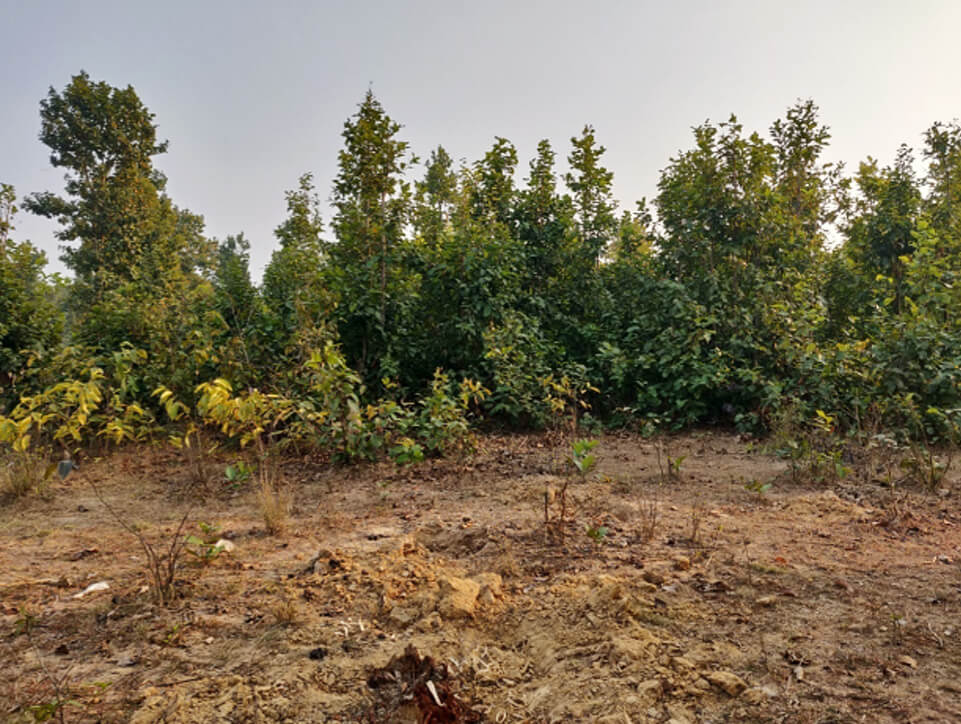
Integrated Landscape Approach
The landscape of the Tribal Community have unique endowment of rich natural resources and they have been applying the traditional knowledge and sustainable resource management practices through generations . The natural ways of cultural practices for biodiversity conservation, is found within indigenous lands of the tribes. Thus such landscape of the tribes provide both opportunity and challenge for conserving biodiversity and supporting livelihoods of the community.The integrated landscape management through community participation developed by IBRAD build on traditional knowledge, innovations and bio-cultural diversity even within the same tribe, say the Lodhas or the Santhals with full and effective participation of indigenous peoples and local non- tribal communities in the same village . Such efforts complements the National Biodiversity Strategy and Action Plans of the CBD; 13 & 14 which requires to disseminate the outcome of the endeavours locally, nationally and globally . IBRAD also attempts to dissemination of case studies, and concepts and lesson learnt at the field tested models.
-
Biological and Cultural Diversity
Indigenous knowledge of sustainable harvesting of the biological resources for conservation and disseminate traditional knowledge as the cultural practices has been eroding due to acculturation and the change of lifestyles among many tribal societies. The migration of tribes from rural to urban and, adoption modern food diets and medical care, as well as environmental changes, have all significantly caused damage to the heritage of biodiversity even in the tribal landscape . IBRAD has been involved in several locations in West Bengal , Jharkhand, Chhattisgarh, Tripura and Meghalaya in evolving strategy to promote the participation of indigenous tribes through demonstrative models of “ Participatory Biodiversity Management “project design, capacity building , implementation through social action, monitoring and documentation”.

-
The broad area of Participatory Biodiversity Management Are:
- Creating Awareness, building capacity for in situ and ex-situ conservation and sustainable use and access equitable benefit sharing against conservation;
- Mainstreaming biodiversity conservation, sustainable harvest through an ecosystem approach;
- Support for Value Addition and Sustainable livelihood.
These strategic objectives make a substantial contribution to the achievement of most of the Sustainable Development Goals (SDGs), particularly through reduction in poverty (SDG-1), hunger ( SDG-2), to improve health(SDG-3)through capacity building (SDG-4) and environmental sustainability of Biodiversity ( SDG-14 & SDG -15), Women Empowerment (SDG-5).

-
The Tribal communities have to maintain their some of the traditional knowledge and practices that are relevant even today for the sustainable conservation and use of biodiversity. Building appropriate social institutions and involving the community in ‘Participatory Biodiversity Management’ ensures sustenance of the natural biological resources and improved livelihoods of the local the tribal people living around the habitats.
Some of the tribal community particularly those living around degrading forests face the threat of biodiversity loss causing negative impact their quality of life due to land degradation and deforestation
Working with local communities in arresting the deforestation re-gain the social-cultural practices of sustainable harvesting , improve aspirations for livelihood as well facilitate toward efforts of reducing poverty and promotion of human dignity among Tribes..




